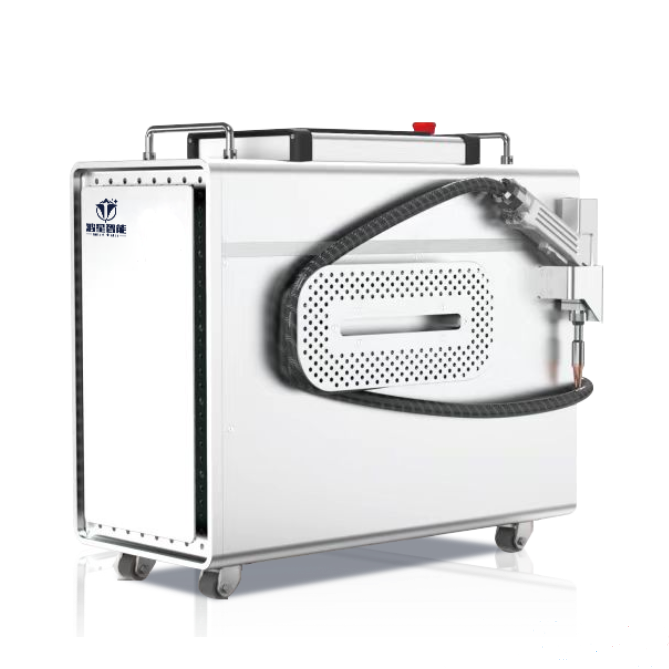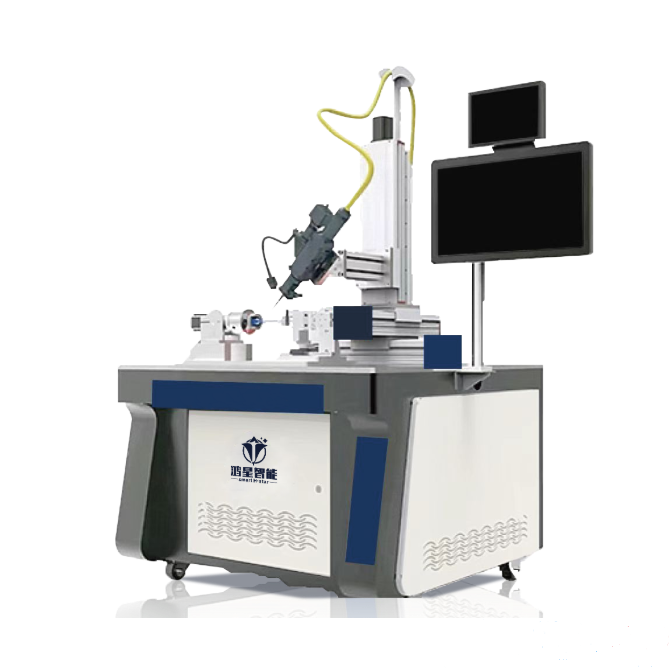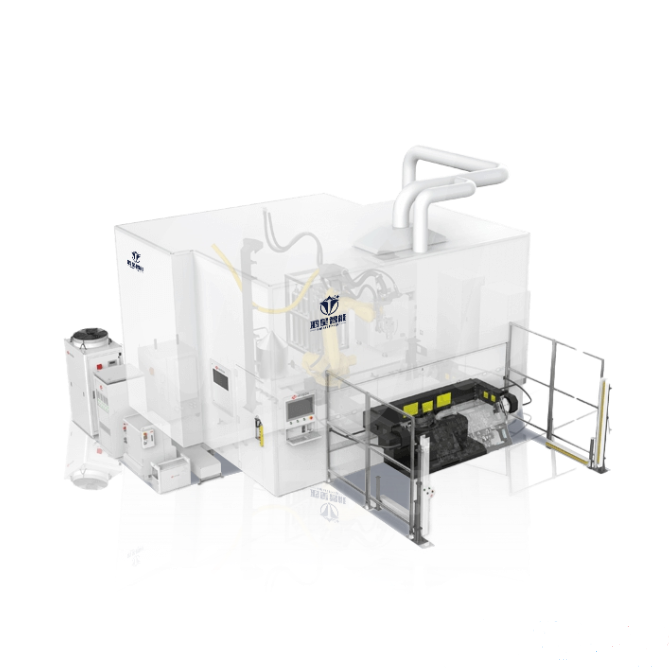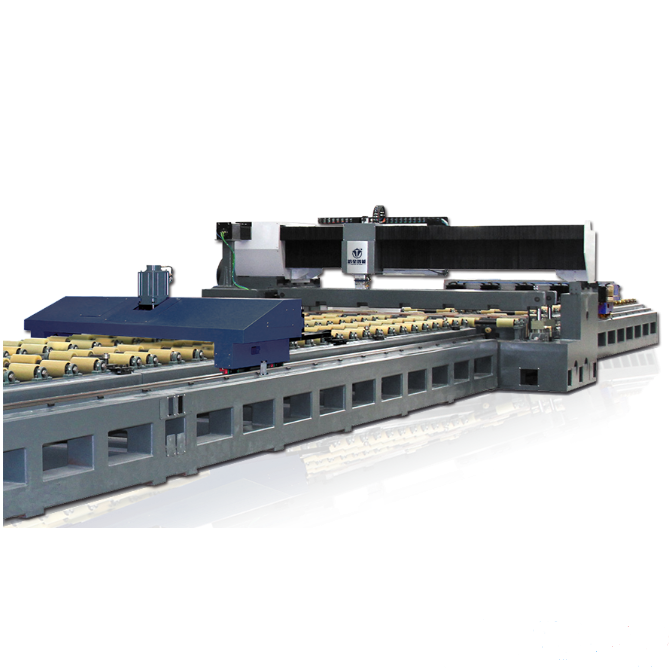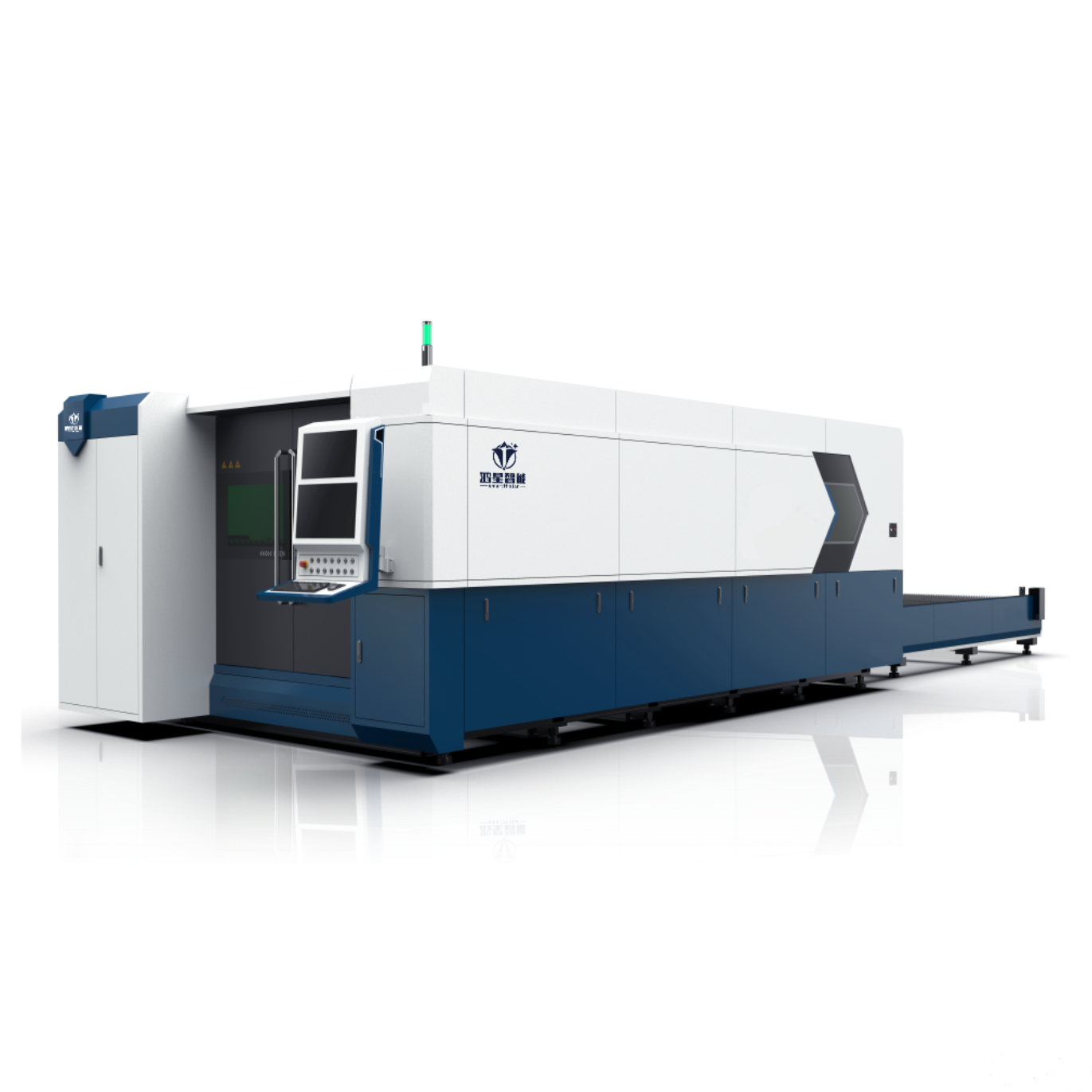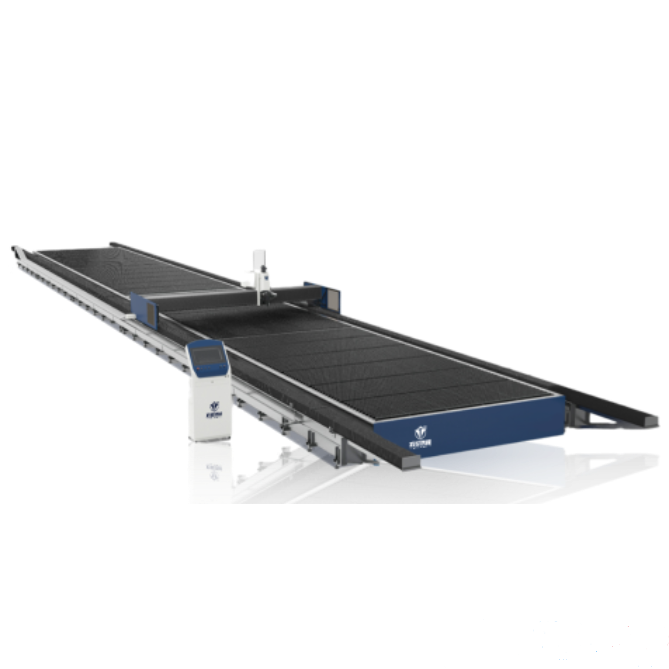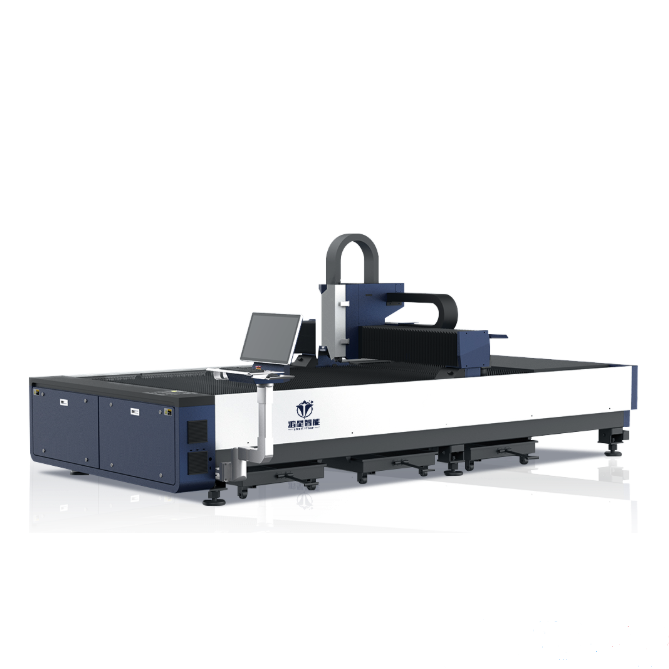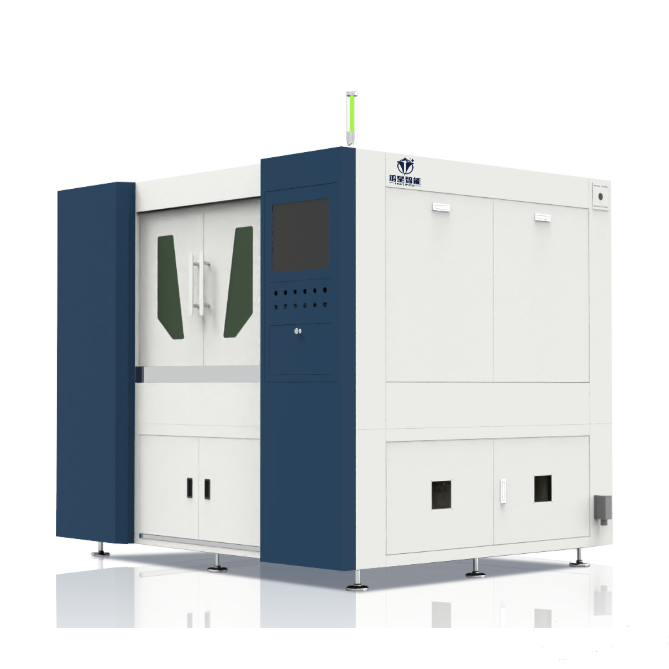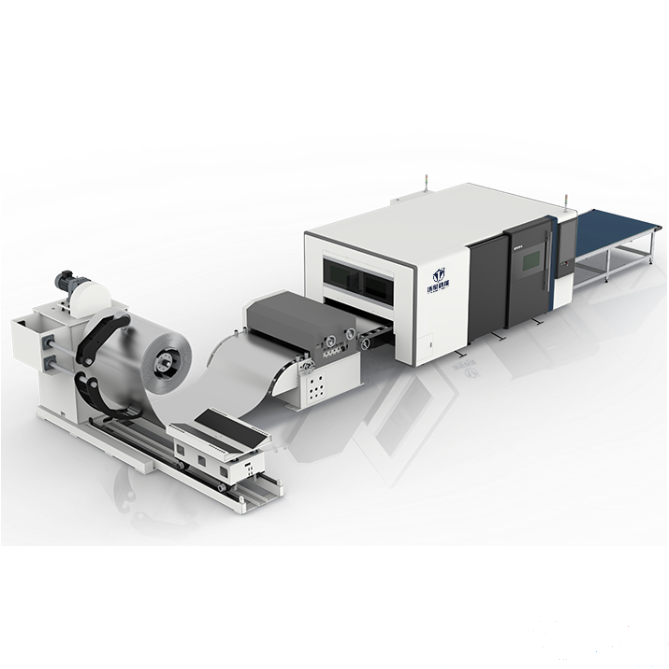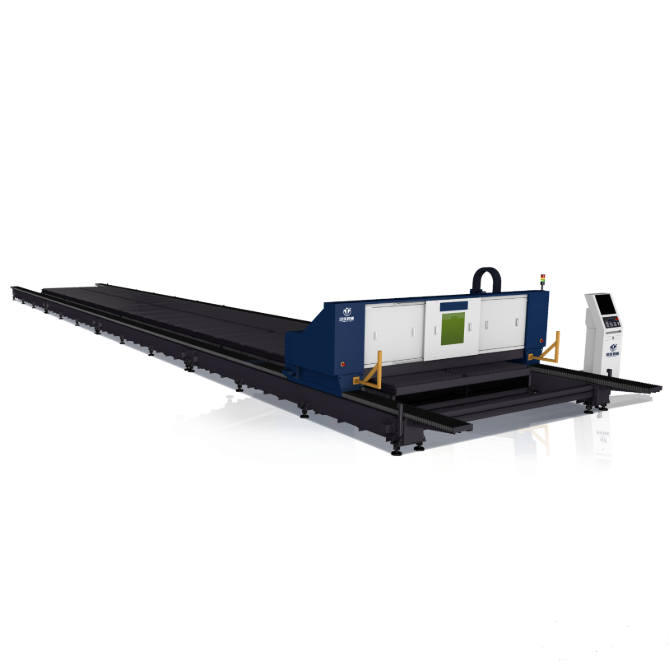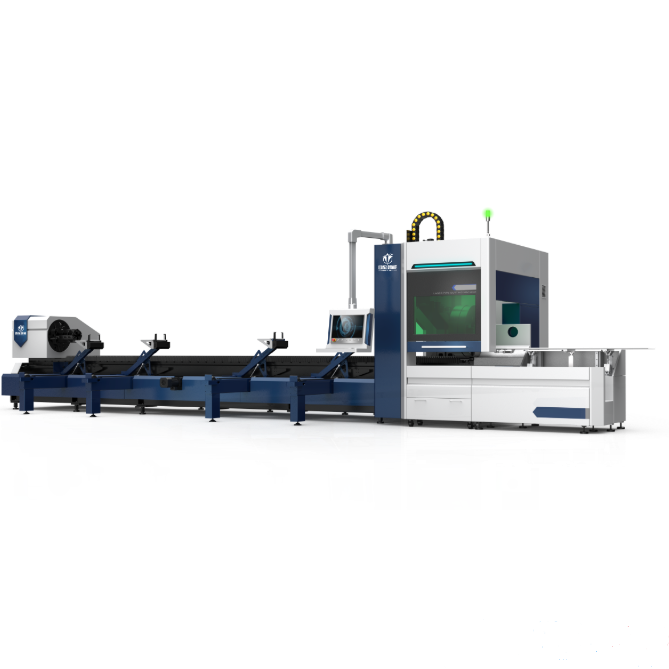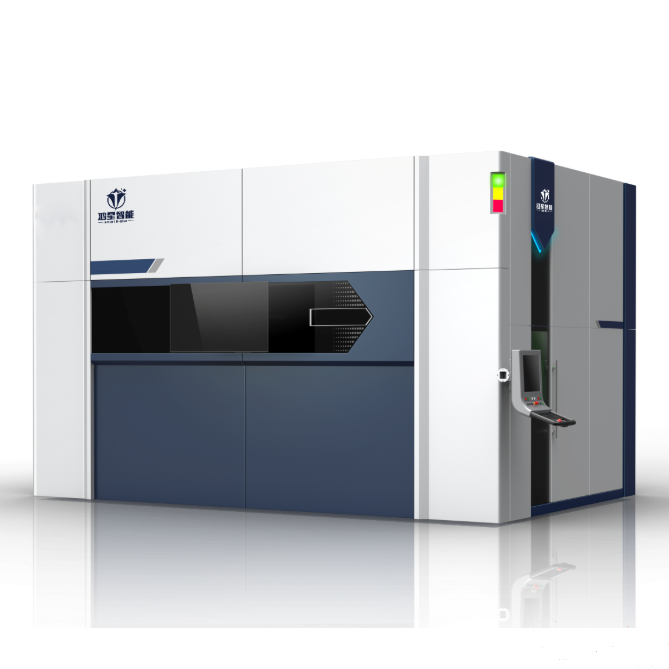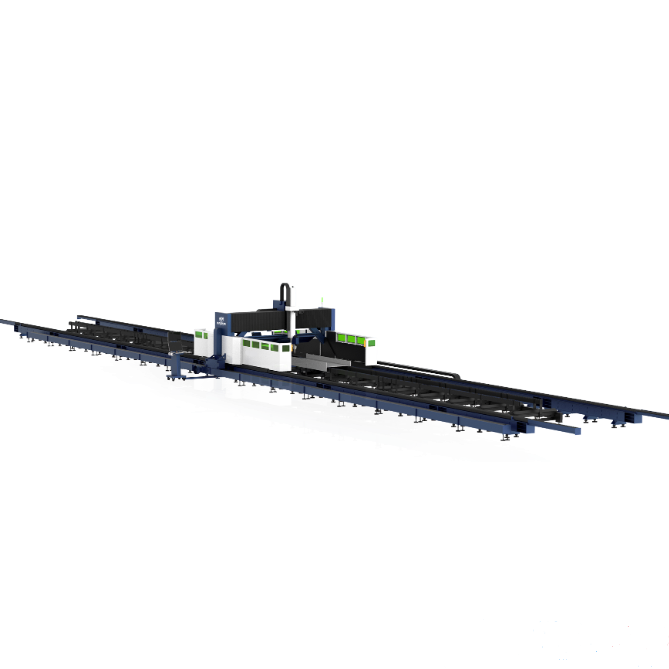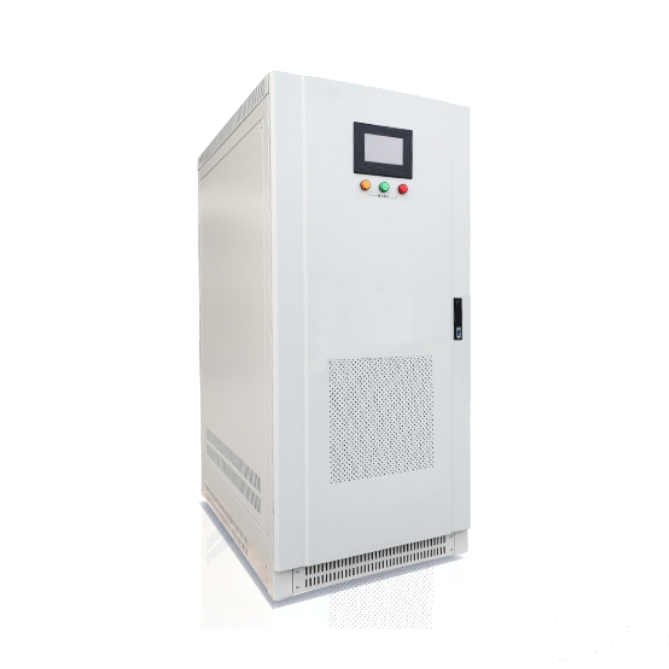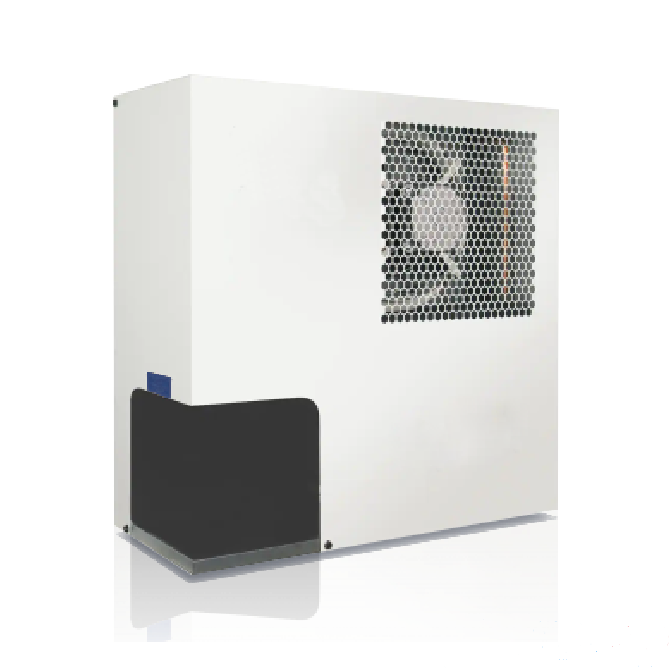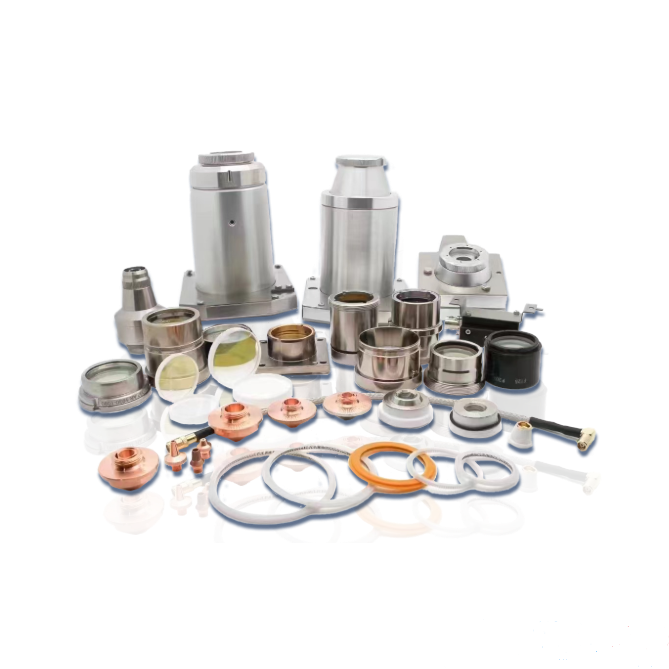The global laser technology market is expected to reach $29.5 billion by 2029
Release Date:2024/07/30
Recently, Markets And Markets released a five-year assessment report on the global laser industry. According to the report, the global laser technology market size is expected to reach $20 billion in 2024 and is expected to reach $29.5 billion by 2029, with a CAGR of 8.0% during the forecast period.
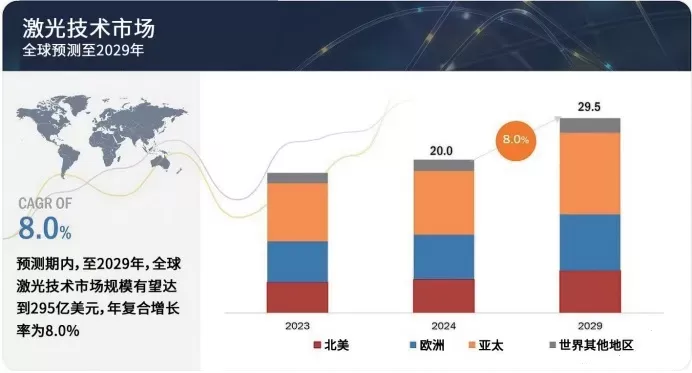
Global laser technology market forecast
Reasons for the growth of the market include: increasing demand for laser technology in the healthcare industry; Compared with traditional material processing methods, laser technology has better performance. Compared with traditional methods, more and more people tend to use laser for material processing; Shift to the production of nanodevices and microdevices; More and more people are adopting intelligent manufacturing technology.
Laser processing covers a wide range of applications of laser technology, utilizing the unique characteristics of lasers to complete a variety of industrial tasks. Laser technology offers unmatched precision, speed and versatility in tasks such as cutting, welding, marking, engraving and drilling a wide range of materials, including metals, plastics, ceramics and composites. Industries such as manufacturing, automotive, aerospace, electronics, healthcare and consumer goods rely heavily on laser processing technology because of its ability to achieve high-quality machining results while minimizing material waste, reducing operating costs and increasing productivity.
Regionally, the Asia-Pacific region includes China, Japan, India and South Korea. The region is home to the world's largest manufacturing hubs, including China, Japan and South Korea. These countries have an important position in the automotive, electronics, semiconductor and consumer goods industries and are important users of laser technology in applications such as cutting, welding, marking and engraving. The Asia-Pacific region is experiencing rapid industrialization and urbanization, thus driving the demand for advanced manufacturing processes and technologies.




